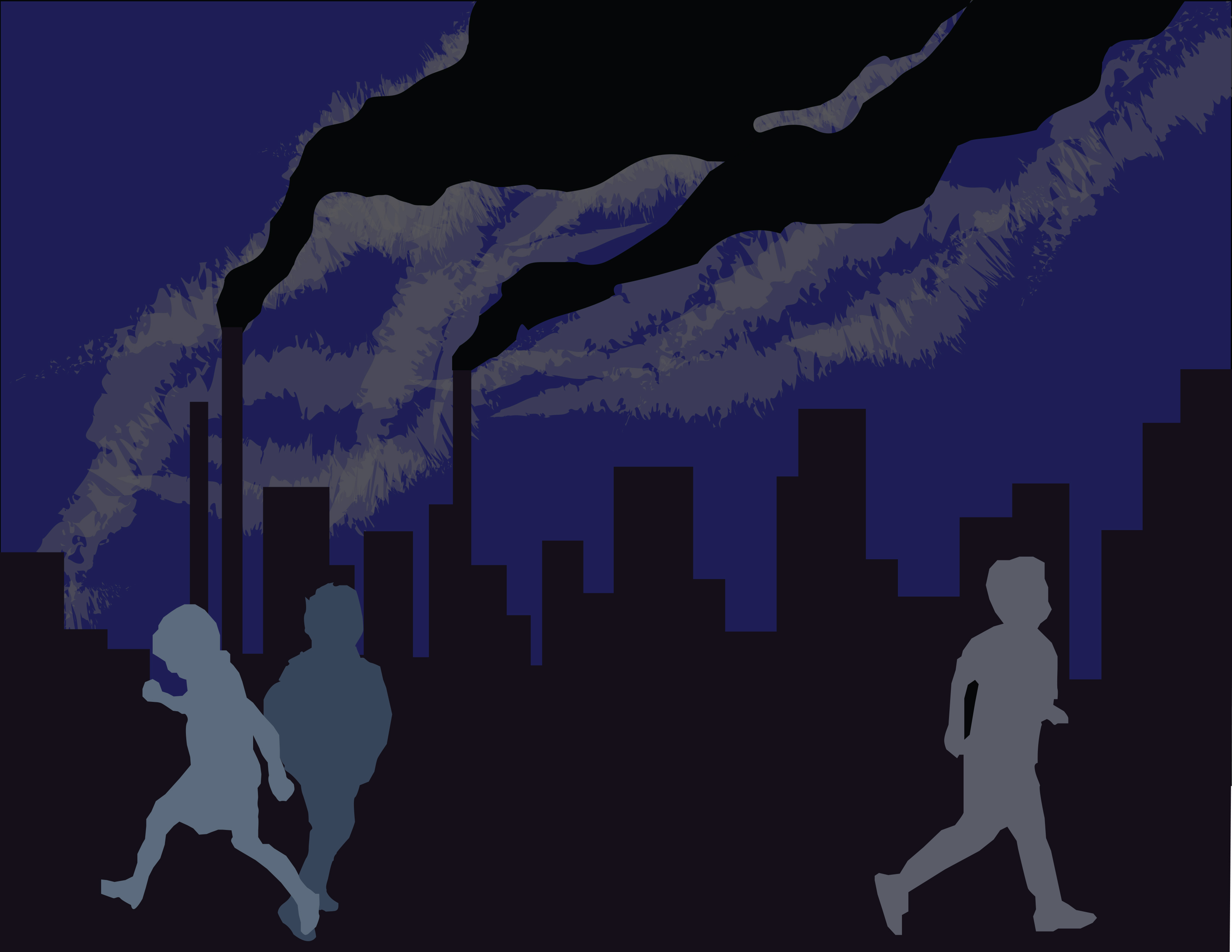
This time of the year, Greek life philanthropies are in full swing. Service days like Hurricanes Help the Hometown are celebrated, Breast Cancer Awareness Month paints the campus pink and the holidays are fast approaching.
Giving back to the community is on everyone’s minds. Yet, while campus fundraisers help us to donate to amazing national groups like the Make-A-Wish Foundation and the American Cancer Society, we sometimes overlook egregious problems that need attention right in our backyard.
The Environmental Justice Project, a research and policy group housed within the law school, focuses on such a problem, one that few people in the university are aware of: the horror of Old Smokey.
Until 1970, there was a trash incinerator in the West Grove owned and operated by the city of Miami. The facility was coined “Old Smokey” because, for over 40 years, it spewed ash into the air that contained cancer-causing heavy metals like arsenic, lead and cadmium, according to a 2013 New York Times report.
An estimated one ton of smoke and ash was ejected into the air each day by Old Smokey, so much so that there are accounts of the ash obstructing airplanes flying into MIA, according to “Old Smokey: A Community History,” a short documentary produced in 2013 by UM’s Center for Ethics and Public Service. The smokestack stood where the City of Miami Fire-Rescue Training Center is now located, right next to George Washington Carver School, which children have attended since 1934, even in the shadow of Old Smokey.
When the incinerator was built, the West Grove was legally segregated under Jim Crow laws, confining African-American residents to that portion of the town. The West Grove remained segregated until the 1970s and denied access to the city’s public water supply, a deeply discriminatory practice that outlasted even other southern cities. This policy meant that West Grove residents were left to use groundwater pumps subject to contamination by Old Smokey’s toxins.
Lifelong residents of the West Grove remember the horrifying effects of Old Smokey and are still living with its ramifications, as chronicled in the documentary. West Grove residents experience chronic health problems and some fear a higher-than-average rate of certain cancers within their community as a result of exposure to the contamination. With the assistance of the Environmental Justice Project, the community has clamored for a wide-ranging health study. However, they have yet to receive such assistance from the government.
In addition to possibly causing enduring health effects, the leftover ash from the incinerator was used to fill in soil at public parks all across the city, running the risk of subjecting families who frequent neighborhood parks to potentially toxic effects of contaminated soil. Efforts at environmental testing and remediation by the city have been weak at best. They frequently use unscientific “visual assessments” before testing and have only started remediation recently because of intense community pressure.
I volunteered with the Environmental Justice Project to help support our neighbors in West Grove because I was appalled at the lack of resources and awareness devoted to an issue so close to home.
The city of Miami has a well-documented history of corruption and discrimination, and it is naive to believe that these problems have been completely eradicated. Old Smokey is an example of this, but there are many more concerns that deserve the advocacy of student groups to help resolve them.
Next year, when philanthropy season rolls around, look into local issues, not just national ones. Figure out how you can contribute to your own community. The rewards will be even more personal and meaningful.
Annie Cappetta is a sophomore majoring in ecosystem science and policy and political science.






